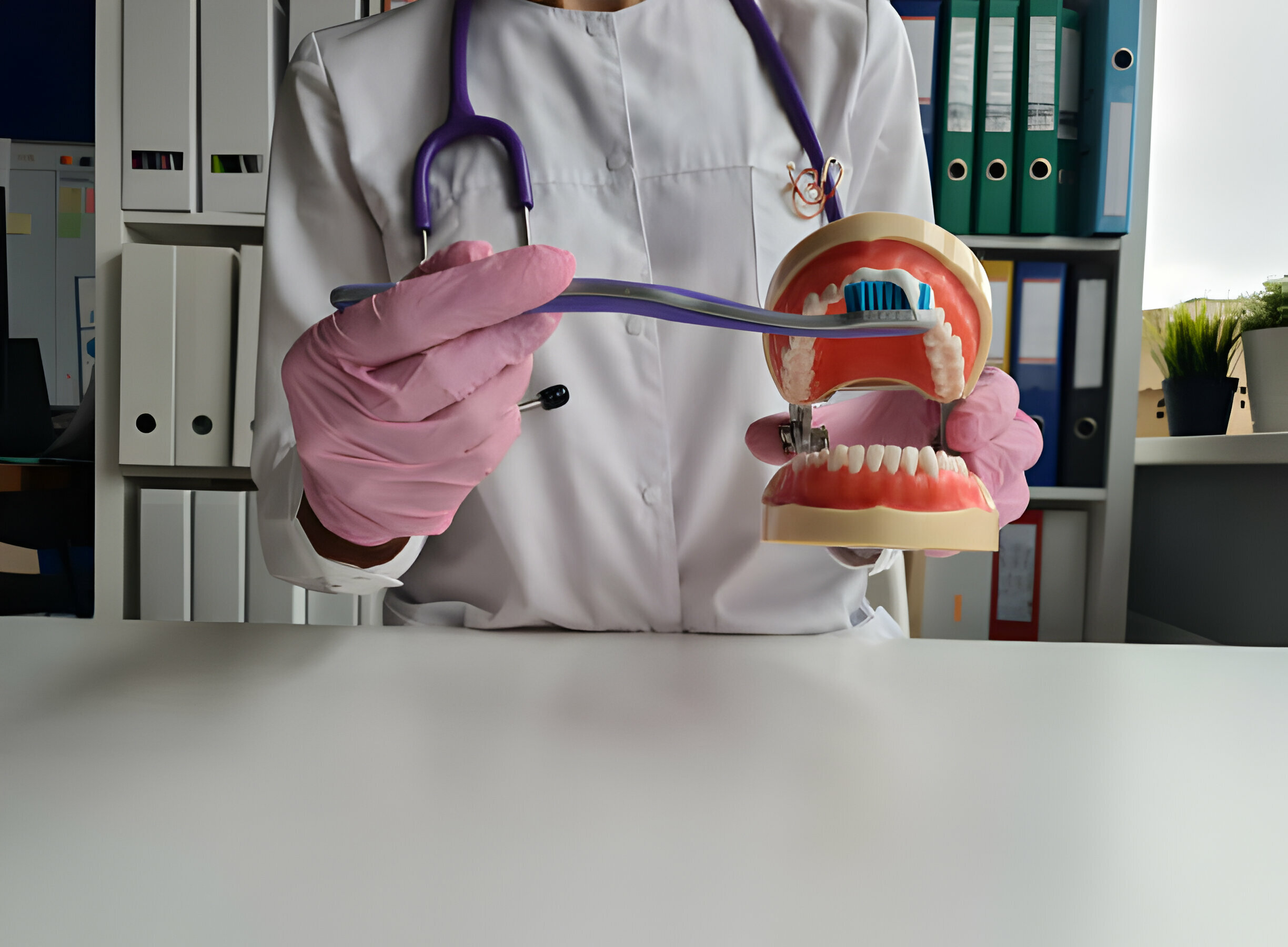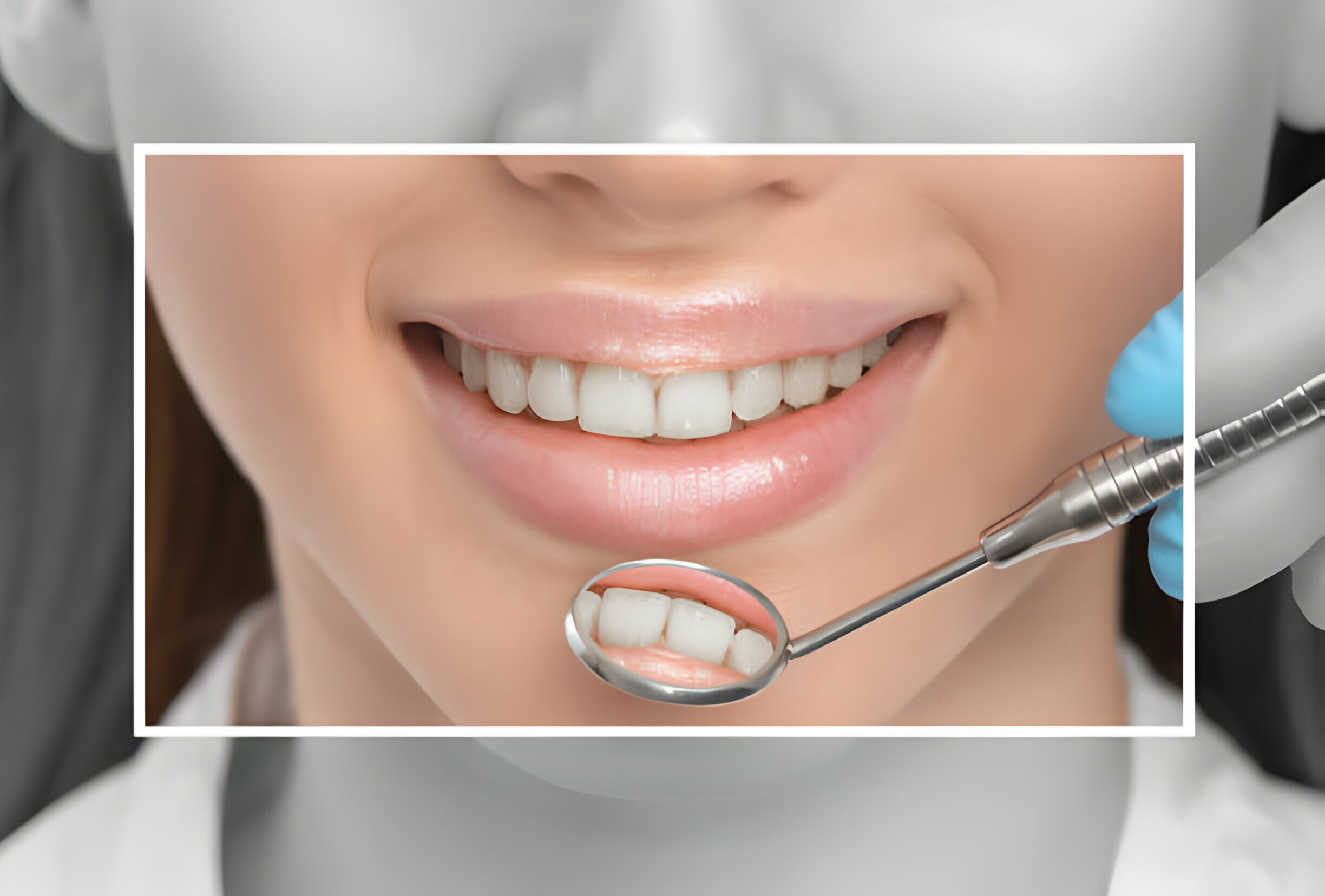Missing or damaged teeth can affect more than just your smile—they can affect your ability to speak, eat properly, and maintain oral health.
That’s where dental crowns and bridges come in. These restorations help protect weakened teeth, restore missing ones, and restore full function and confidence to your bite.
But here’s the catch—the cost of getting crowns or bridges can be a major roadblock for many people. Without insurance or savings, quality dental care might seem out of reach.
Thankfully, options like dental grants are making treatments more accessible. Programs such as Sundance Dental Grants offer financial relief to help eligible patients cover part of the expenses, making getting the care they need easier without breaking the bank.
In this article, we’ll explore:
- What crowns and bridges do for your teeth
- Why do they matter for long-term oral health
- How much do these treatments typically cost
- What Sundance Dental Grants are and who qualifies
If you’ve been holding off on dental care due to cost, this guide might be the solution you’ve been looking for.
Understanding Dental Crowns and Bridges
Dental crowns and bridges are standard restorative solutions to repair damaged or missing teeth.
What Are They?
- Crowns are oral caps placed over decayed or damaged teeth to restore their appearance, shape, and strength.
- Bridges are used to replace one or more missing teeth by anchoring artificial teeth between two crowns placed on neighboring healthy teeth.
Stats suggest that about 2.3 million implant-supported crowns are made annually in the U.S. This highlights their trustworthiness and increasing use.
When Are They Recommended?
Dentists typically recommend crowns for teeth that are cracked, worn down, or have had root canals. Bridges are ideal when one or more teeth are missing and must be replaced for better bite alignment and appearance.
Common Materials & Benefits
These restorations are made from metal alloys, porcelain, ceramic, or a combination. Porcelain and ceramic offer a natural look, while metal is highly durable. Most crowns and bridges today blend both for strength and aesthetics.
Cost Overview
The average cost:
- Crowns: $800–$2,500 per tooth
- Bridges: $2,000–$5,000 (depending on the number of teeth replaced)
What Are Dental Grants and How Do They Work?
Dental grants—often referred to as dentist grants—are financial assistance programs designed to help individuals afford necessary dental care. Dental grants are not based on premiums or memberships, unlike insurance or discount plans. They offer direct financial aid, often funded by non-profit organizations or private foundations.
What Do They Cover?
These grants typically help with:
- Initial consultations
- Partial treatment costs (such as fillings, crowns, implants, or dentures)
Coverage varies, but the goal is to reduce the financial burden of expensive dental procedures, especially for those with limited income.
Not Loans, No Payback Required
One key benefit: dental grants are not loans. You don’t repay them. Once awarded, the funds go directly toward your dental work, making them a stress-free way to get needed care.
Introduction to Sundance Dental Grants
Looking for help with expensive dental treatments? The Sundance Dental Grants program might be just what you need. Designed to make quality dental care more accessible and affordable, this initiative helps reduce out-of-pocket costs for patients undergoing restorative or cosmetic procedures.
Who’s Eligible?
The program is open to adults across the U.S. who require dental work but may not be able to afford the full cost. Eligibility is often based on a simple dental evaluation; you don’t need perfect credit or insurance to apply.
What Procedures Are Covered?
Sundance Dental Grants support a wide range of treatments, including:
- Crowns and bridges
- Dental implants
- Veneers and dentures
Insurance often does not cover these procedures, making the grant especially helpful.
How to Apply
Applying is straightforward. You start by scheduling a free evaluation with a participating dentist. If your treatment plan is approved, the grant will cover a portion of your costs.
Their Mission
Sundance’s goal is simple: Make high-quality dental care accessible for everyone, especially for those who’ve delayed treatment due to cost. It’s about restoring confidence—one smile at a time.
Step-by-Step Guide to Getting Crowns and Bridges with Sundance Dental Grants
Step 1: Visit the Official Sundance Dental Grants Website
Head to the Sundance Dental Grants website. You’ll find all the details and the application form to get started here.
Step 2: Fill Out the Application Form
Complete the online form with your basic contact and dental information. Make sure everything is accurate — errors can delay your application.
Step 3: Undergo a Free or Low-Cost Evaluation
Once your application is reviewed, you’ll be matched with a local participating dentist. You must attend a free or low-cost dental evaluation to assess your oral health.
Step 4: Receive a Treatment Plan and Grant Amount
After your evaluation, the dentist will provide a detailed treatment plan. This plan will include the type of care needed (like dental crowns or bridges) and the portion the grant will cover.
Step 5: Begin Treatment
If you accept the plan, treatment can begin right away. The grant will reduce out-of-pocket costs, making procedures like dental crowns in Grants much more manageable.
Tips to Improve Approval Odds
- Submit complete and accurate information on your application.
- Respond quickly to emails or calls from the program.
- Show up on time for your evaluation – reliability matters.
- Ask questions to show you’re committed to completing treatment.
Tips and Considerations Before Applying
Before jumping into a dental grant application, here are a few key things to keep in mind:
Know What’s Covered
Grants often don’t cover the full cost of treatment. Be sure to read the fine print so you’re clear on what’s included and what isn’t. You might still be responsible for a portion of the bill.
Find Local Providers
Not all dentists accept dental grants. Check for participating providers in your area ahead of time to avoid being caught off guard later.
Ask About Payment Options
See if the dentist offers payment plans or financing for any uncovered costs. Many offices are willing to work with you to make treatments more affordable.
Think Long-Term
Consider how the procedure fits into your overall dental health plan. Will it support your long-term oral care goals? Make sure it’s not just a quick fix.
Takeaway
- Crowns and bridges restore function and confidence, but they can be costly.
- Sundance Dental Grants help reduce the financial burden of major dental work.
- Applying dental crowns is simple, and approved patients can start treatment immediately.
- Ready to rediscover your smile? Connect with our experts at Sundance Dental Grants today!



